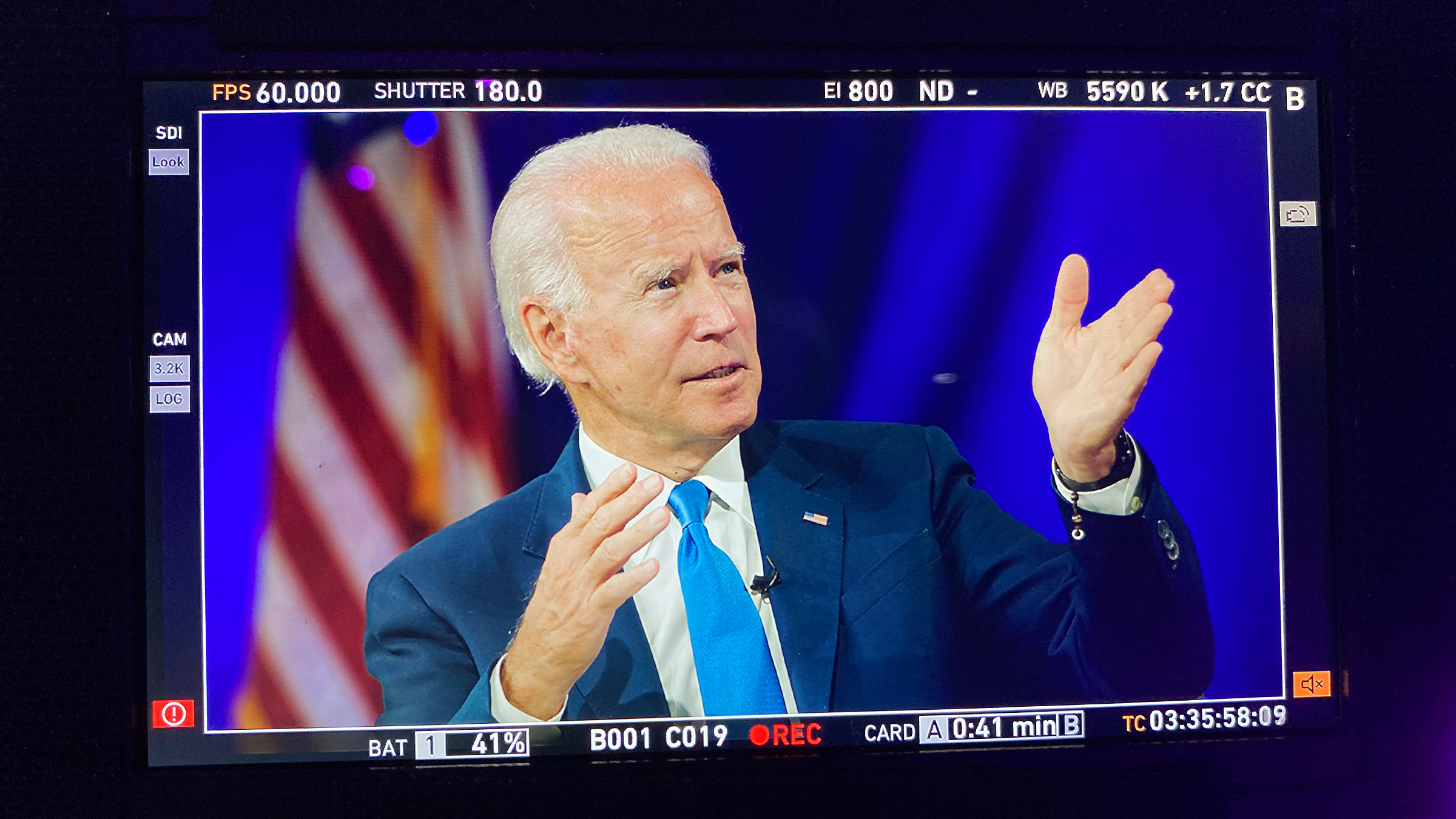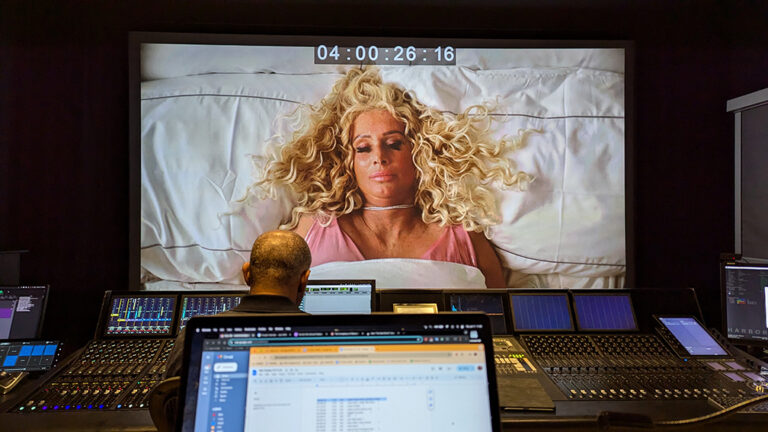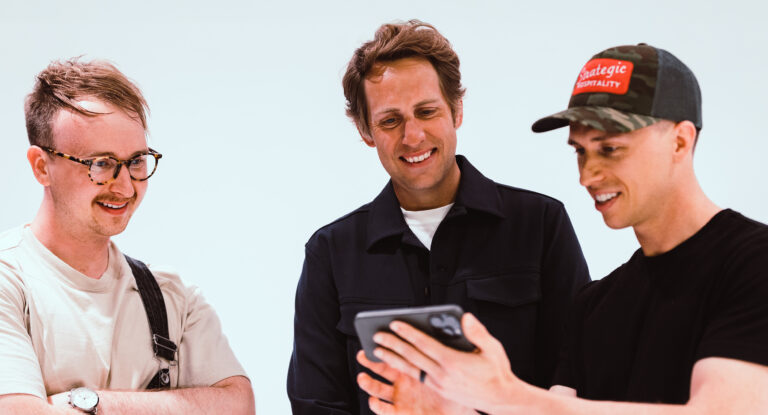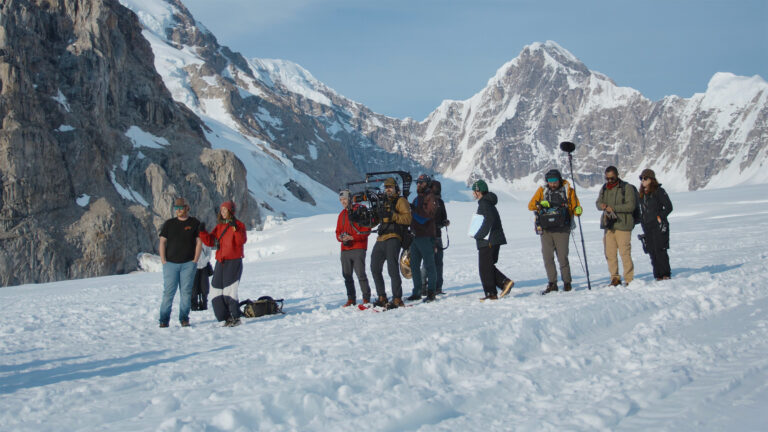Elections are always a high stakes, high-priced undertaking, as campaigns focus on getting the most bang for their donation bucks in a 24/7 news cycle.
But the 2020 Biden For President (BFP) campaign was not only facing one of the highest stakes elections in United States history, they also had to reach critical voters during a raging pandemic.
In this installment of Made in Frame, we dive into the mechanics of mounting a massive campaign in the midst of monumental challenges—and how Frame.io helped them distribute over 10,000 media assets that garnered more than 1 billion views to win the day.
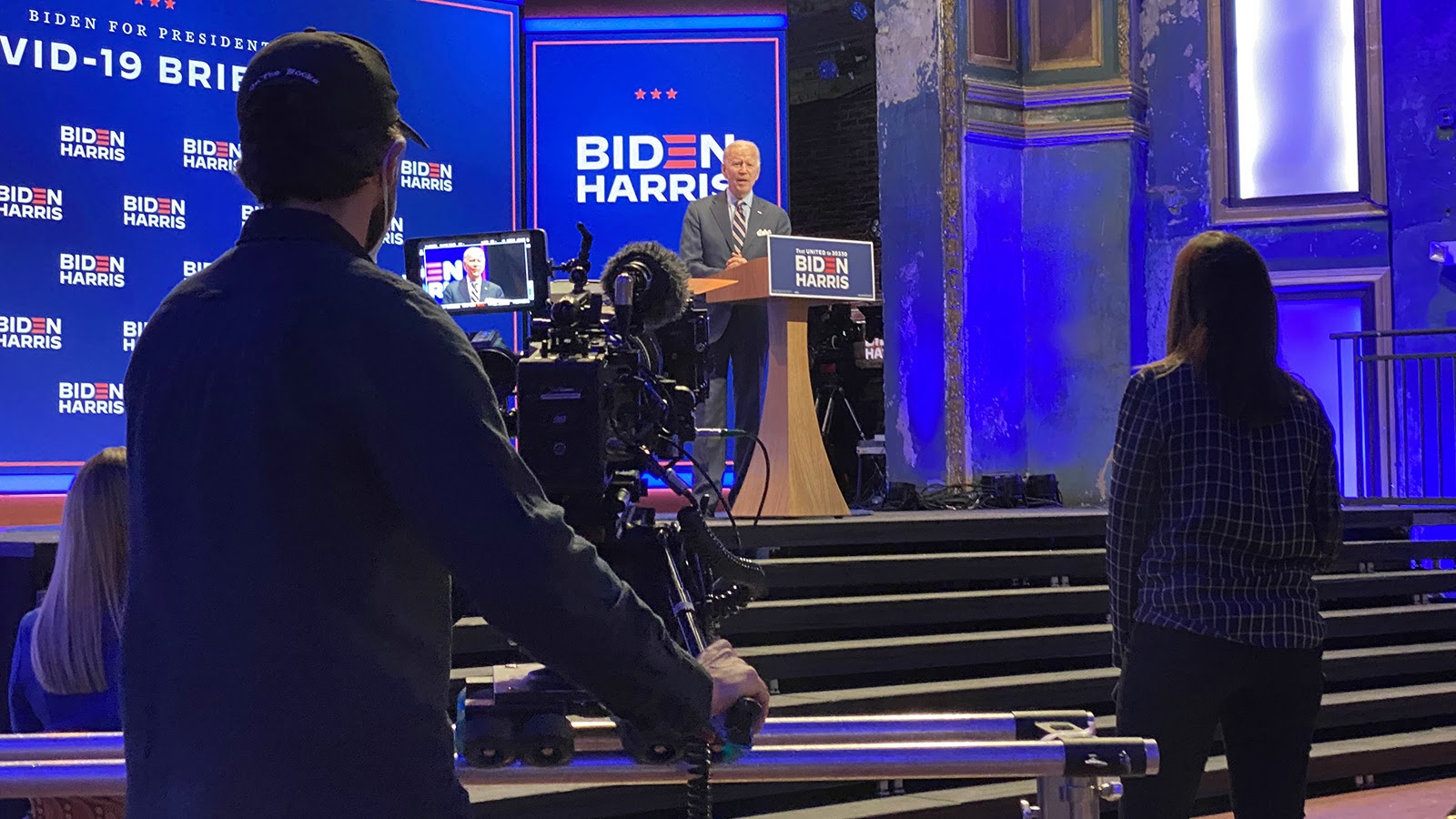
Beating the odds
In the midst of a close and contentious race, the BFP team had some daunting obstacles. Among them: safely capturing the nationwide live events and appearances with their candidate(s); collecting user-generated content without being able to interview people in person; getting footage securely from numerous sources to editors who were working at remote facilities (or at home) on tight deadlines—all to keep the content machine moving forward at the frenetic pace at which news changes and is consumed.
Tasks were divided between two main groups. Paid Media handled broadcast and cable TV, paid digital, radio, mobilization advertising, and OOH (out-of-home), while Digital was responsible for all organic social content and digital partnerships.
Between the two divisions, they created 50-plus videos a week—which needed to be reviewed and approved by a large team of stakeholders—and customized according to the audience and to delivery specifications.
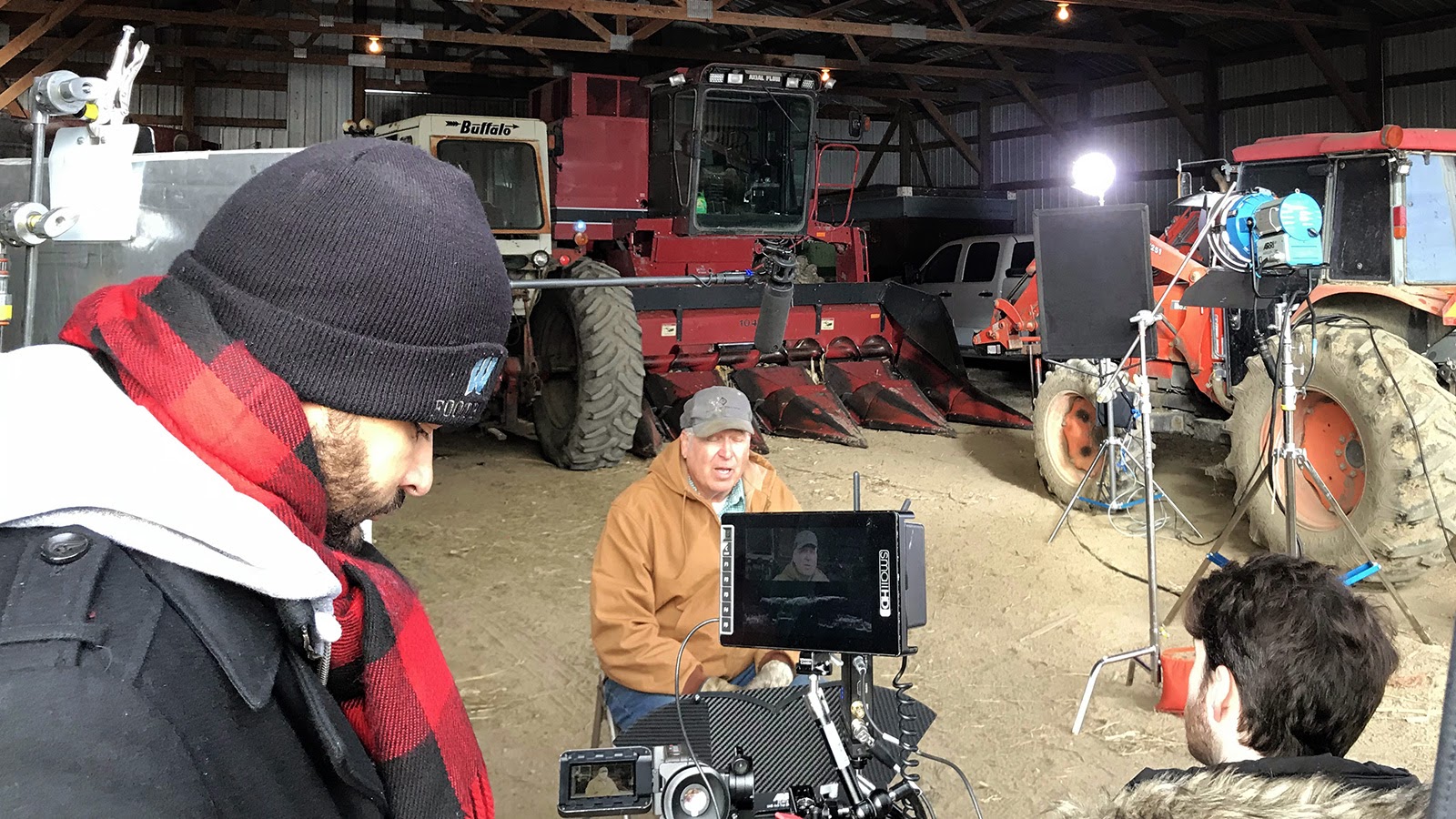
They had already been using Frame.io during the primaries, but once Biden officially became the Democratic nominee, BFP’s production team “basically quadrupled in size,” according to producer Asjia Garner. Growing to approximately 140 users including directors, producers, editors, and assistants “in house,” they also worked with freelancers and external post-production houses for additional editing capacity, color grading, audio mixing, and finishing.
“Because of the pandemic, Frame.io was key to our review and approvals processes,” Asjia says. “The link sharing and review features allowed editors to seamlessly collaborate with producers and directors, and enabled producers to deliver content to the platforms to post, or to TV to traffic.”
In the chaos of a campaign, when staffers are constantly bombarded with emails, texts, and Slack messages, keeping the video approvals process contained inside Frame.io became essential to our workflow.
A secure workflow
BFP was on an Enterprise plan that enabled them to easily create Teams for the campaign’s separate in-house teams, as well as for each external post-production house so they could upload their dailies easily.
“Staff primarily transferred and ingested the proxies and raw footage through BFP’s Iconik hybrid cloud/local MAM platform housed at GtP Media in Washington, D.C., but Frame.io was the backbone of our media transfer and distribution workflow,” Asjia says.
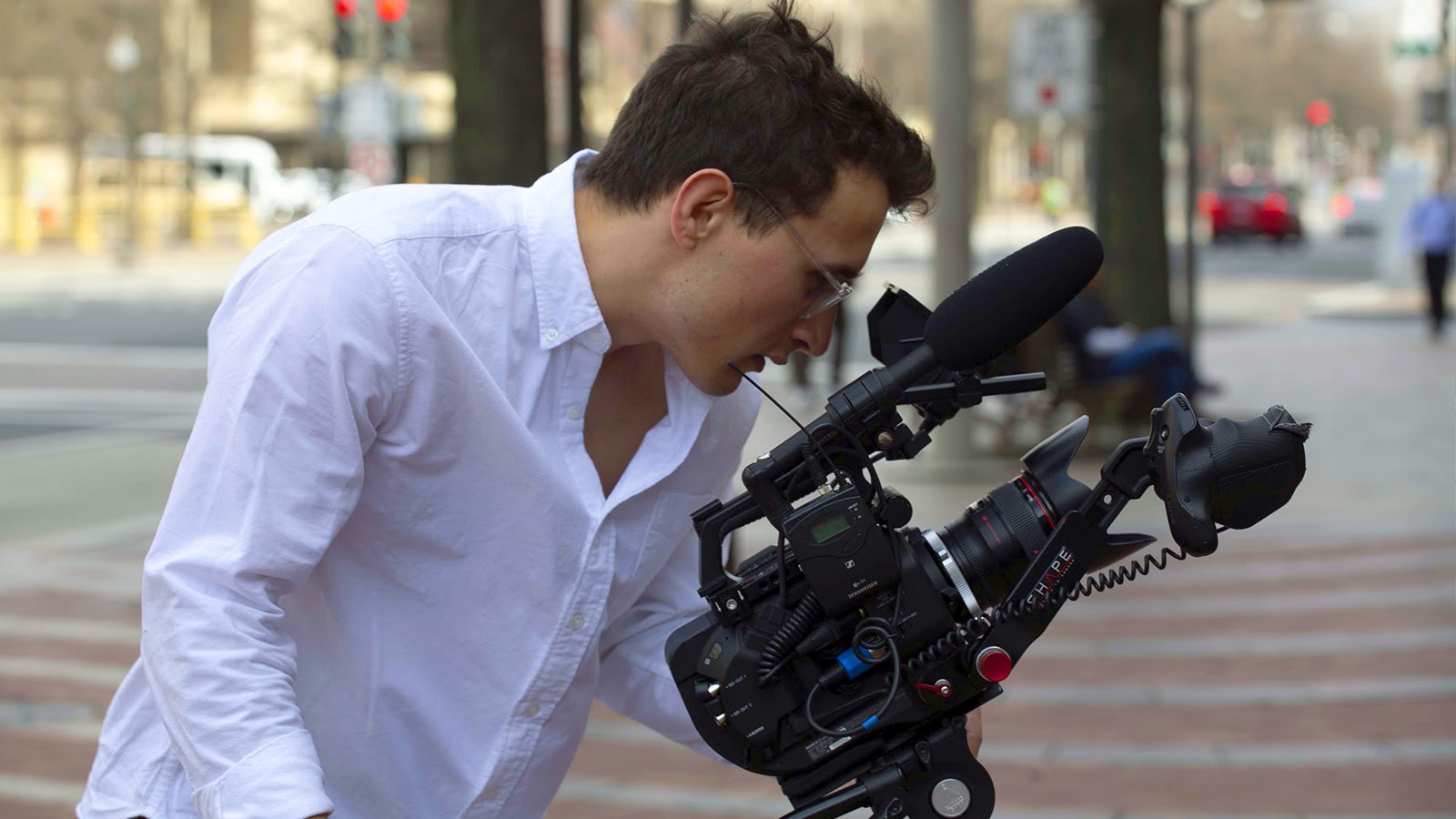
The editors chose to cut on Adobe Premiere because of the Frame.io integration, which streamlined the uploading and review process. “In the chaos of a campaign, when staffers are constantly bombarded with emails, texts, and Slack messages, keeping the video approvals process contained inside Frame.io became essential to our workflow,” Asjia says.
BFP cinematographer Karee Maxson traveled the country in an RV to shoot interviews and B-roll on Canon C300 and EOS-1D cameras, as well as drone aerials. But because Karee could only be in one place at a time, they also had multiple freelance cinematographers scattered across the country to shoot at different locations simultaneously using Alexa, RED, Blackmagic, and Sony FS7 cameras.
Another advantage of the Frame.io Enterprise plan allowed freelance cinematographers to upload assets reliably and, most importantly, while adhering to the campaign’s stringent security requirements.
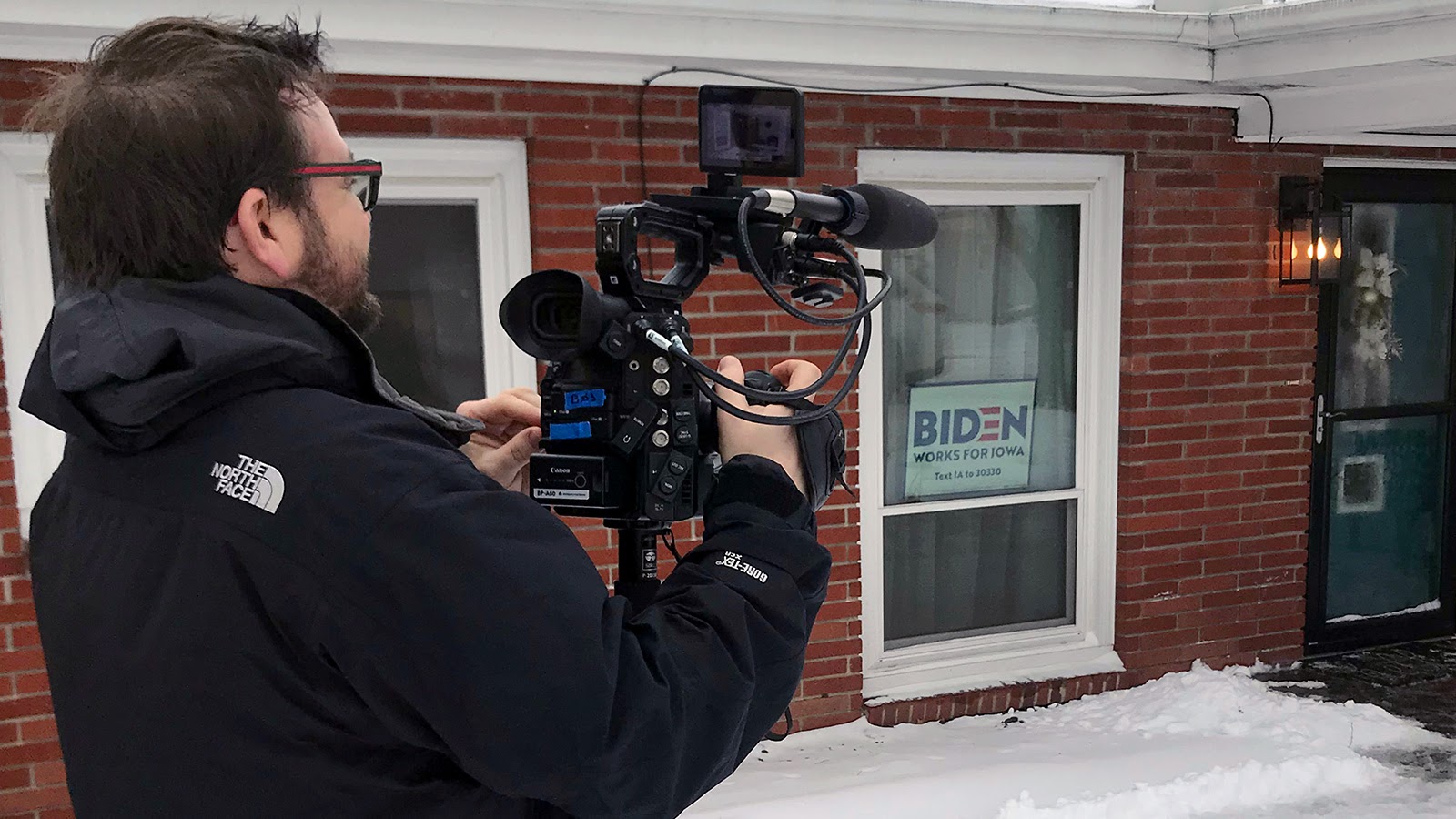
According to Daniel Maughan, Executive Producer, the teams averaged five shoot days a week from the end of June until election day for the Paid Media team alone, who captured approximately 80 testimonials during those months.
“Karee was able to upload from a mobile hotspot every night, and some of the other cinematographers who were traveling used Frame.io so we could get quick-hit needs or transcode,” Daniel says. “Then we would ship drives to centralized locations every day or two.” Linking back to original assets was primarily reserved for content destined for broadcast, while social media content was ingested, cut, and delivered as H.264 proxies.
DIY for beginners
One of the biggest challenges BFP had to overcome was how to capture user-generated content (UGC) that was both authentic and of sufficient quality while ensuring the safety of the team and the voters.
“One of my favorite parts of the job is working with supporters, but when the pandemic hit we had to move quickly to figure out how we could speak with voters and capture their stories if we couldn’t be near them,” Asjia says.
Jon Hebert, Deputy Director of Video explains their approach. “Because the Paid team was getting testimonials that were posted organically, we were trying to get content that looked more like someone filming themselves for an Instagram or Facebook story.”
The team sent out customized iPhone kits with gimbals and an audio setup, and the producers would get on Google Hangouts and coach them through the process.
“We asked folks to record themselves reacting to video clips of, for example, the debate, or of Trump talking about a specific issue,” Jon says. “Then we had them film B-roll of their lives that were pertinent to their stories.”
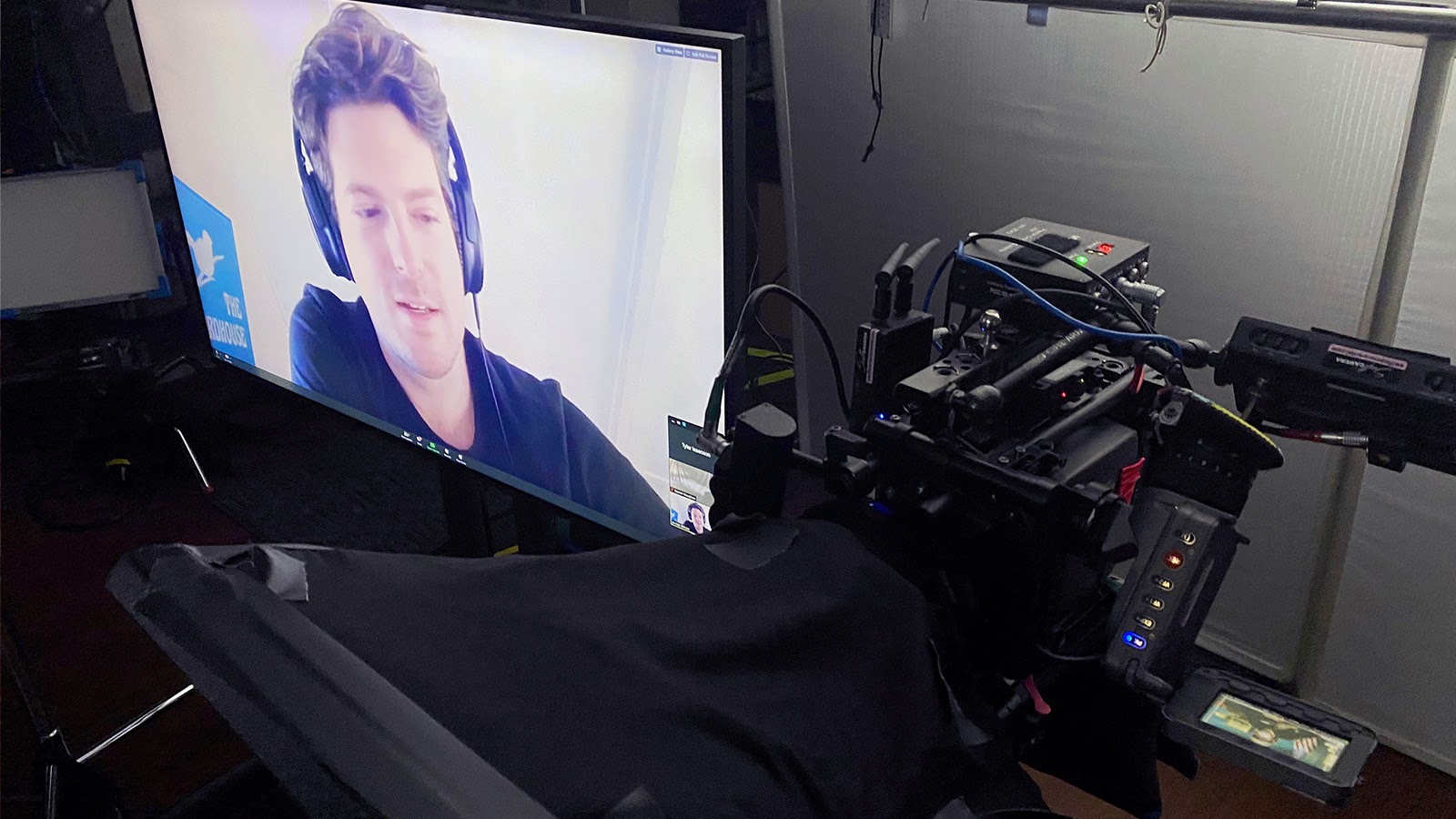
Slow WiFi speeds, limited bandwidth, and teaching people who had little or no experience creating videos made the process extra challenging, but the team still managed to capture compelling snippets.
“One that took off for us was some Republicans breaking down the Republican National Convention,” Jon says.
“We had our producers literally get on Google Hangouts with every single one of them, remotely directing them on where to put the phone, where to look at the screen, making sure they told us which clip they were watching. We created mashups of five to seven subjects talking about the clip—doing things like filling in each other’s sentences as they reacted.”
Frame.io came in especially handy for this part of the editing process. “Those videos are five or six minutes long, and we’d go through somewhere between five and twelve different versions. Leaving good, frame-accurate notes for our editor was really helpful, because there are so many moving pieces,” Jon says.
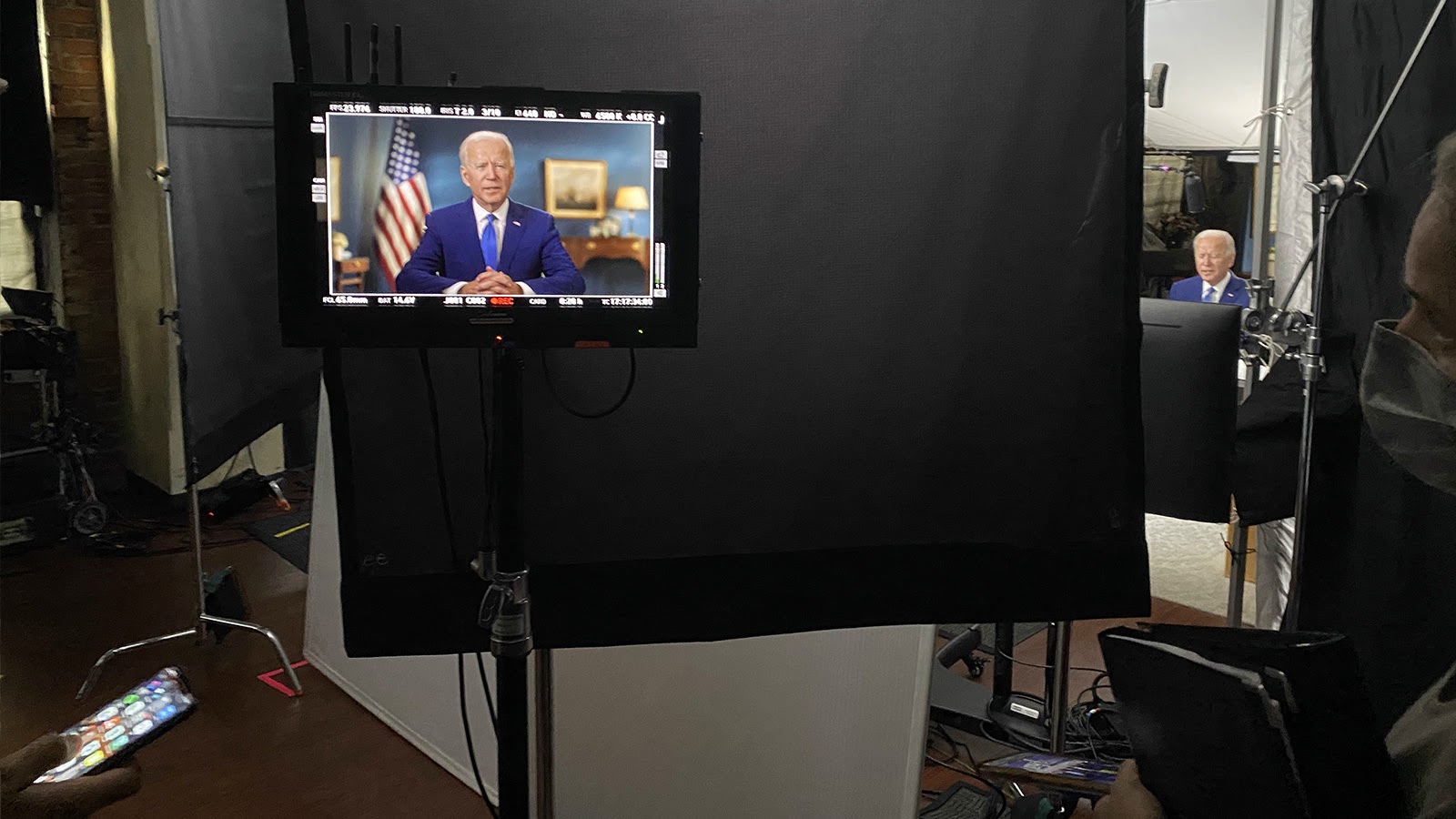
The team also created “buckets” of content they could easily draw from in response to the high-speed shifts in the news cycle. Whether it was teachers reacting to schools reopening during COVID-19, or a group of nurses or frontline workers, they had a basic thematic library and framework as a starting point.
Reacting rapidly
Which is not to say that there weren’t times when they had to work reactively. “There was the time that Trump said something negative about veterans,” Daniel says. “We had seven shoots in two days across four states.”
“That went out to four different editors,” says Alex Kalsey, Director of Creative Production.
“Our staff cinematographer was able to ingest straight into our MAM, but with security issues for freelancers we needed to use Frame.io—and especially the Transfer app—to ingest their material. We’d been running into problems even just trying to upload proxies over bad WiFi or through a browser that doesn’t have the extra technical things under the hood to help with that process. They’d all used Frame.io before, so all we had to do was add them to our Enterprise account and they knew what to do.”
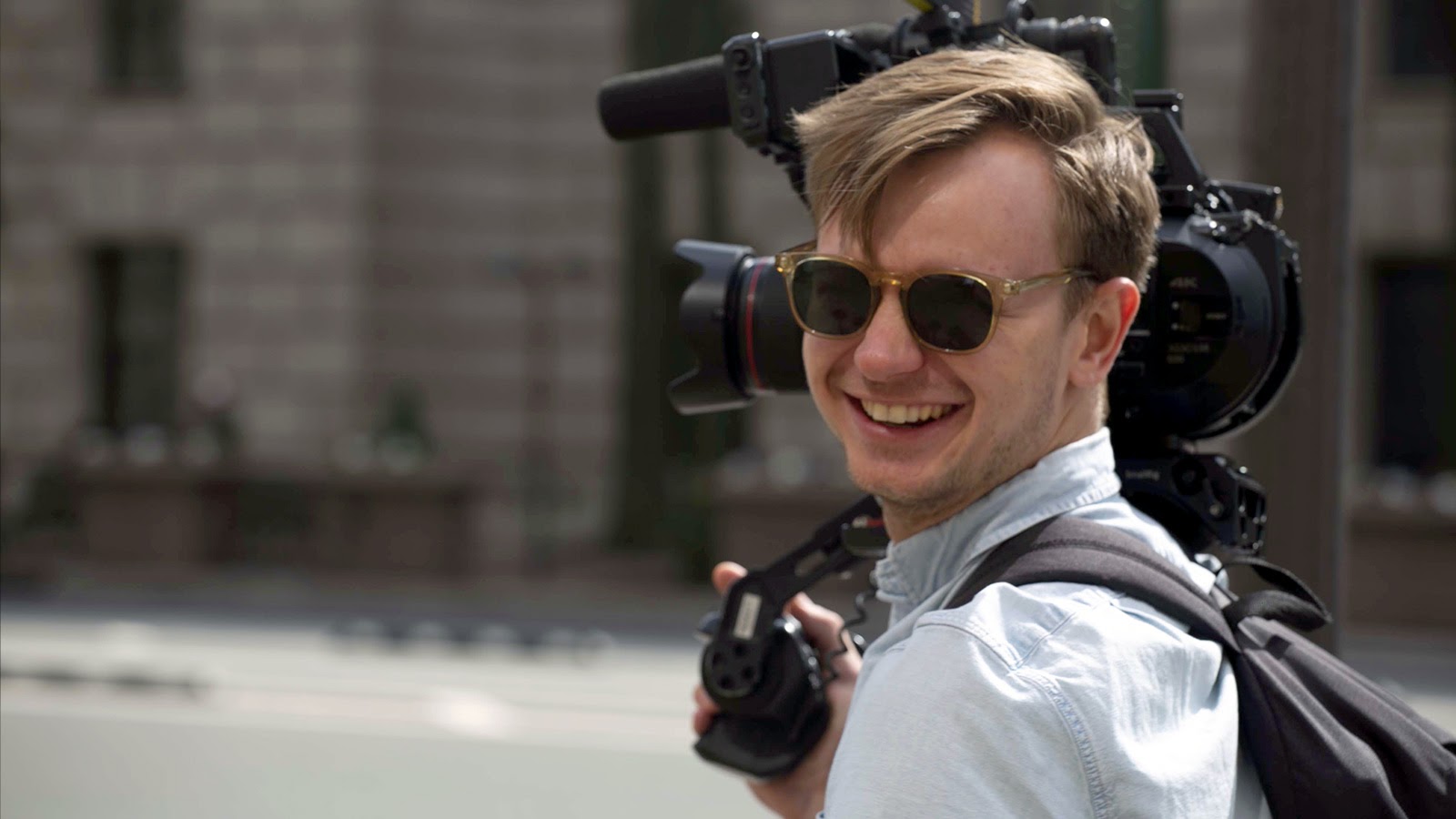
According to Jon, “On our organic team we grew to a couple of rapid-response editors focused on making Twitter-forward videos. With the veterans example, we had our rapid response editor pull down some of the clips and throw it on a square frame and pull over some images from Shutterstock. And then we scrambled to get some of our veterans to react to the quotes and they were uploading videos at 1:00 am. We edited through the night and were able to post them the next day.”
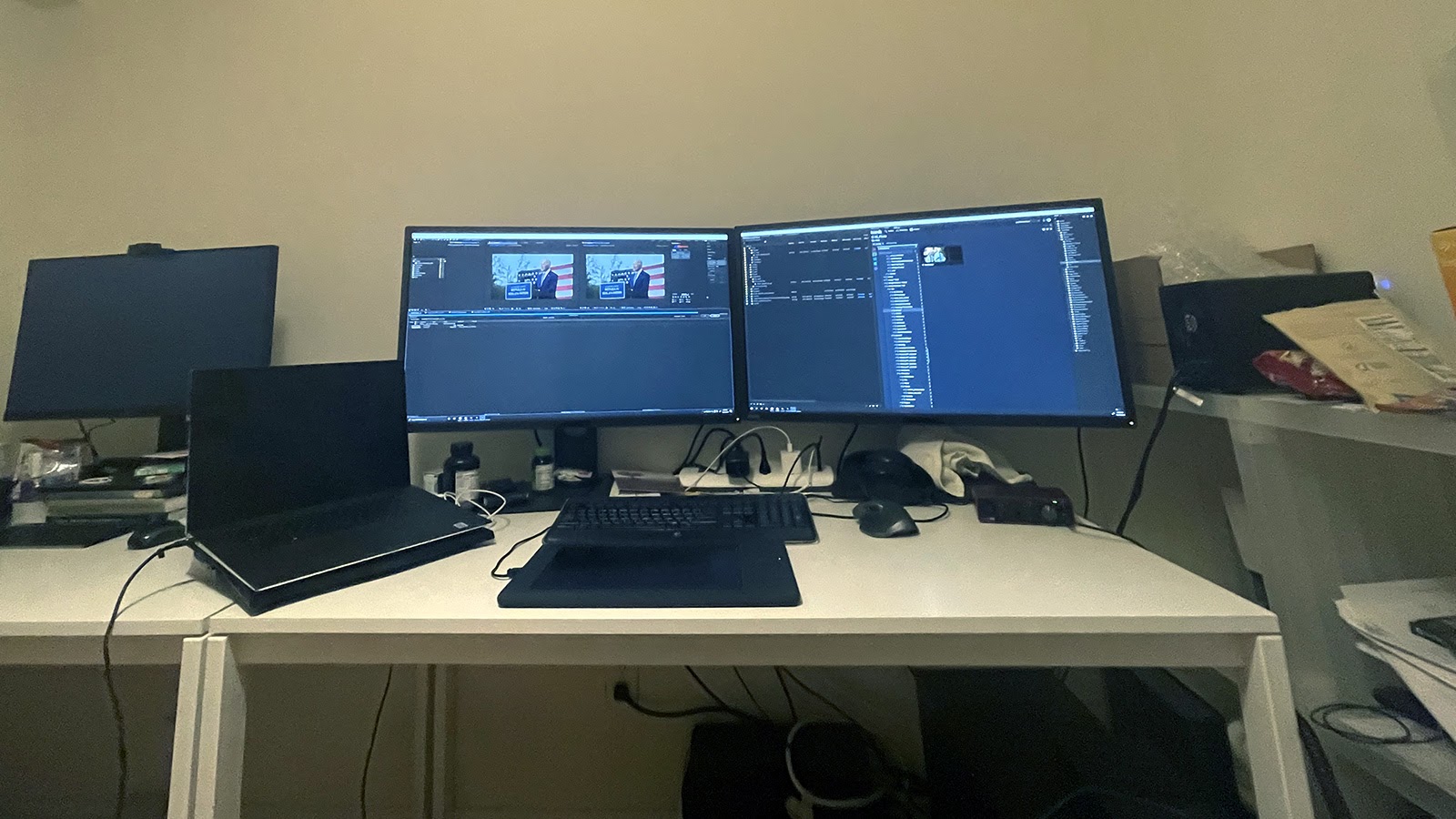
In fact, the team was sometimes able to turn around content faster than they could even post or broadcast it.
“There was one video where we responded to the other NATO leaders caught on camera mocking Trump after the London summit,” Alex says. “There was some commentary about ‘Wow, they made that so fast!’ but really, our editor got it out so quickly that we had to sit on it for at least three hours, waiting for Air Force One to land because we couldn’t attack him while he was out of the country.”
Making it easy
With so many versions of any given video needing reviews and approvals from lots of stakeholders, organization was critical. According to Asjia, with the news cycles and campaign messaging changing by the hour, BFP often had to make changes to pieces minutes before launching.
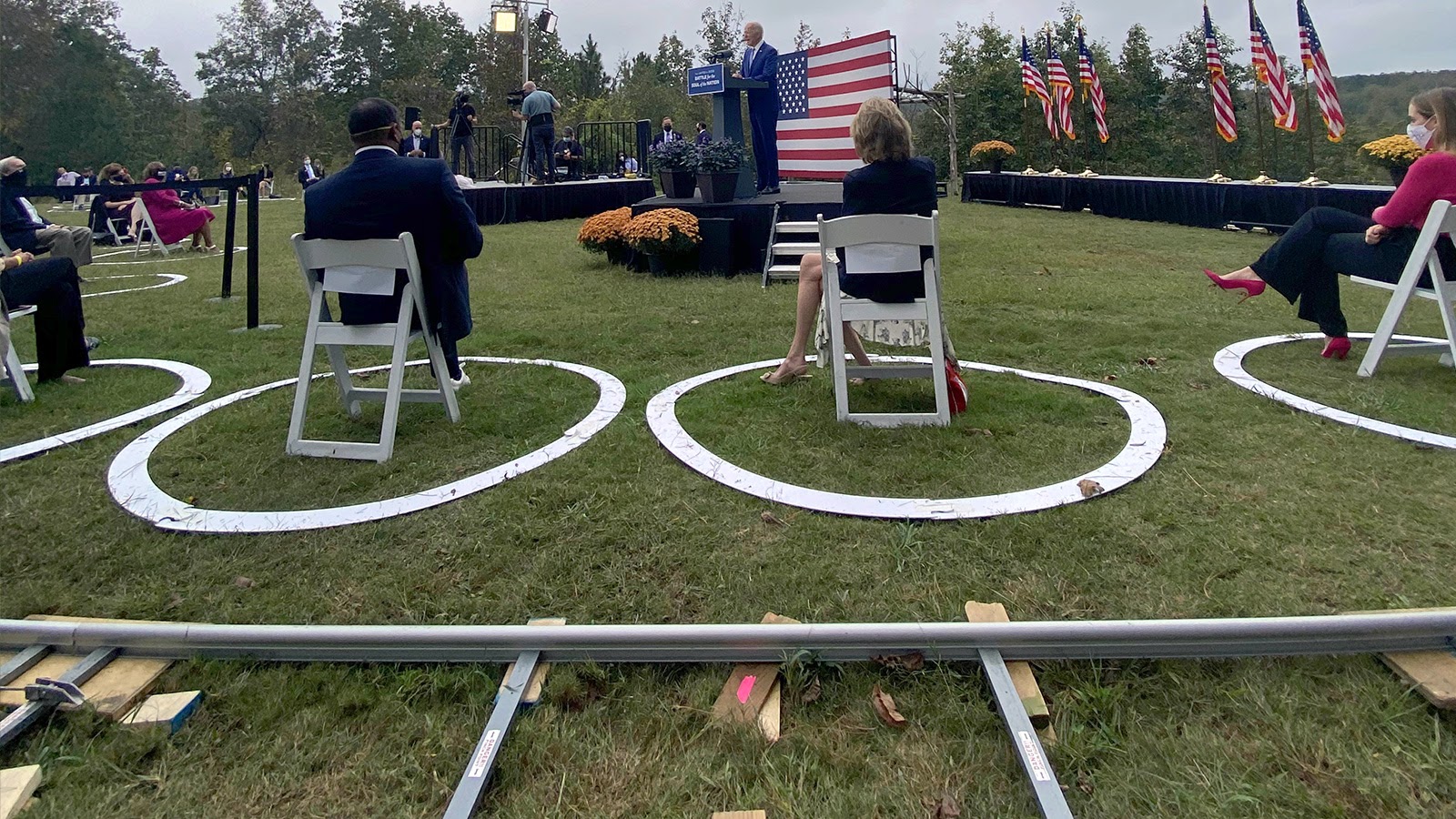
“Sometimes each ad would have ten or twelve versions, and the beautiful part about Frame.io is that we had a single link that started out as the initial approval link, but we could reuse it or ‘version stack’ for leadership to review. Once we had picture lock, the ads moved through an extensive review process with Comms, Policy, Research, and Legal teams. After any last-minute edits and full signoff, we’d immediately initiate the finishing process with our color and audio mixing partners by uploading elements in folders and sharing deliverables with downloads on so we could deliver to all the platforms and media buyers.”
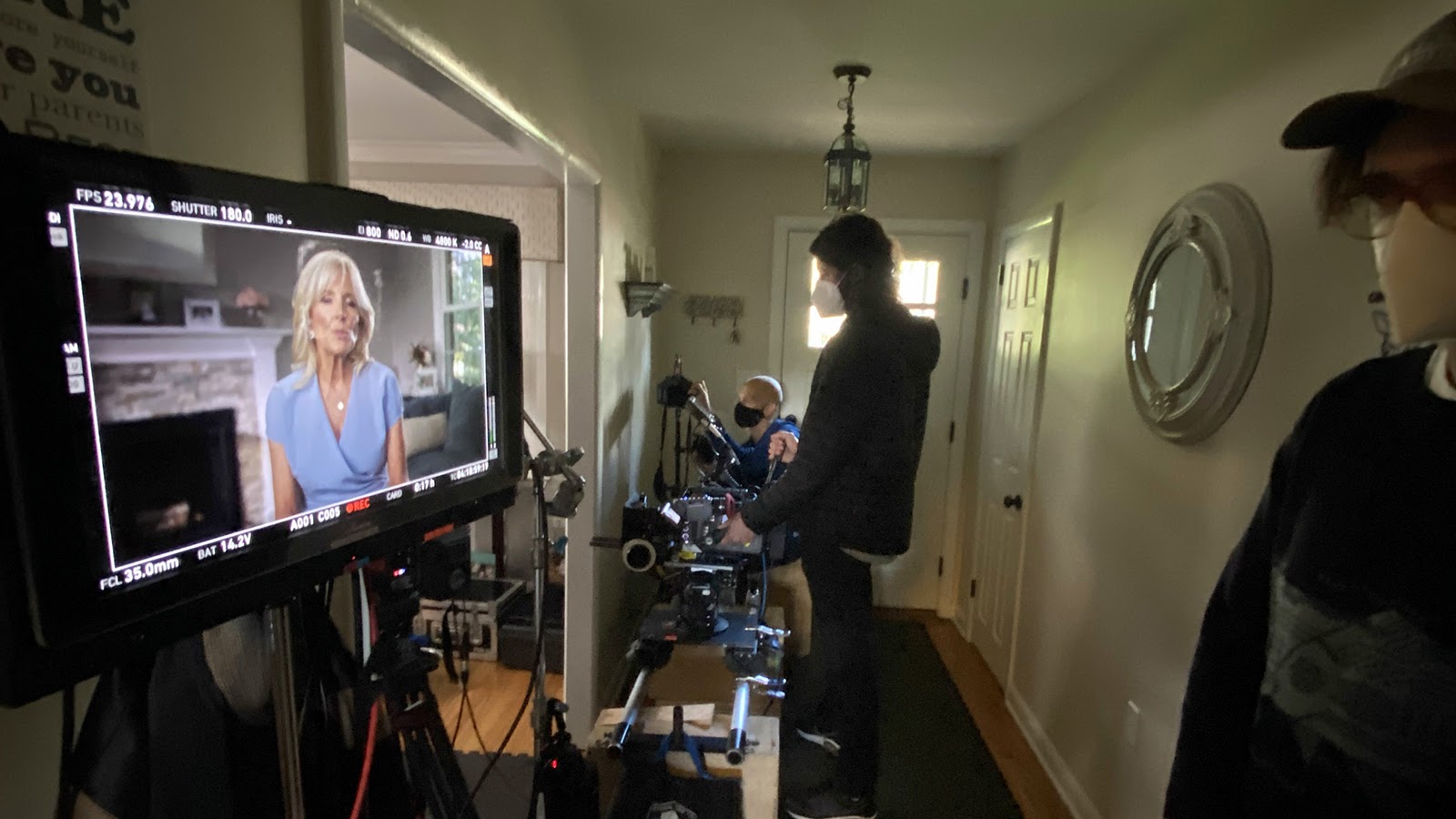
It wasn’t only the production team that relied on Frame.io. “A lot of the work we did supported other teams, like Political or State teams,” Asjia says.
“There were short video messages from then-Vice President Biden that might, for example, play at events in battleground states or ahead of his speeches, and we were able to use presentation links for final delivery. It was especially great how user-friendly Frame.io was for other teams who aren’t video professionals to use. It was just a page with a download button and it made everything very simple.”
The team was also able to store presentation links for videos that were delivered over and over again to the various local, state, and nationwide events or for focus group testing. “We created folders on Frame.io that housed them in a clean final presentation link that was easy for the many external partners to use.”
By the numbers
With 50-plus videos created across Facebook, Instagram, Snapchat, Twitter, YouTube, and Hulu for organic social media and paid digital advertising, as well as for broadcast and cable TV per week, the team says that the demand and delivery were “unthinkably fast.”
To say that it was a Herculean task that demanded more than 100 percent of every team member is to understate the magnitude of their individual contributions. But what did they think Frame.io contributed to the effort?
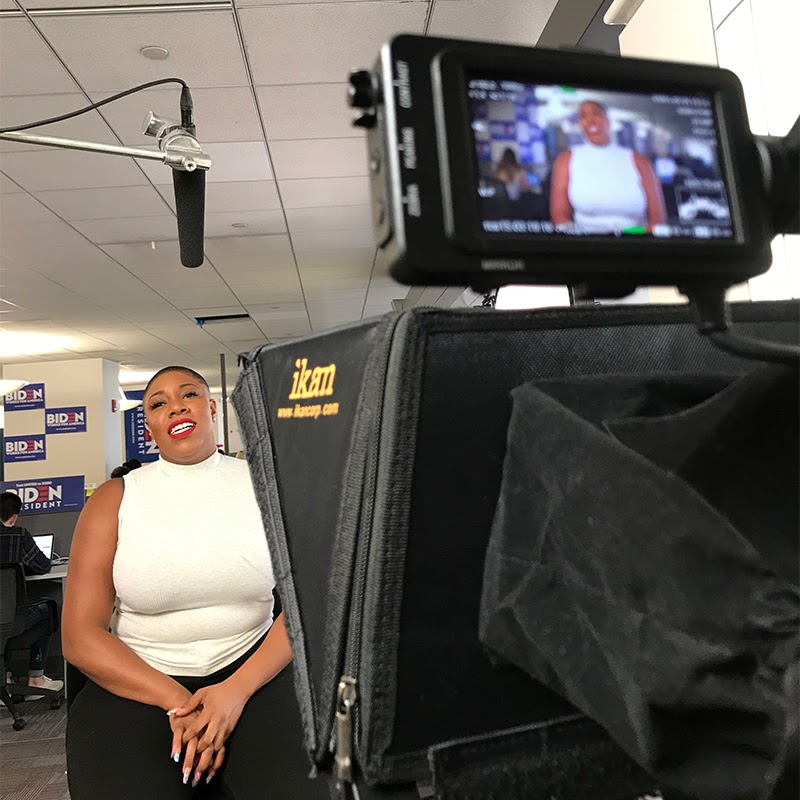
“Because the media management processes that Alex set up worked so well, I don’t know if it was so much about quantifying how much time we saved, but rather, it increased the amount of work we could get done…by a lot,” Asjia says. “The whole team was working until 3:00 am pretty much every day and we’d wake up and start again at 9:00 am.”
Alex estimates that throughout the general election cycle, the team generated approximately 130,000 assets, uploaded 10,000 proxies in Frame.io, and created approximately 1,000 ads. Their reach? Somewhere in the neighborhood of 1.5 billion views that resulted in more than 81 million votes for President Joe Biden.
Producing social videos and ads during a worldwide health crisis had its challenges, but the Frame.io Enterprise account allowed us to reach and work with teams across the nation. It really enabled us to get across the finish line.
The BFP team summed it up this way. “Producing social videos and ads during a worldwide health crisis had its challenges, but the Frame.io Enterprise account allowed us to reach and work with teams across the nation. It really enabled us to get across the finish line.”
Is it too bold to conclude that 100 percent of presidential general election campaigns that use Frame.io win? Maybe. Or maybe not.

